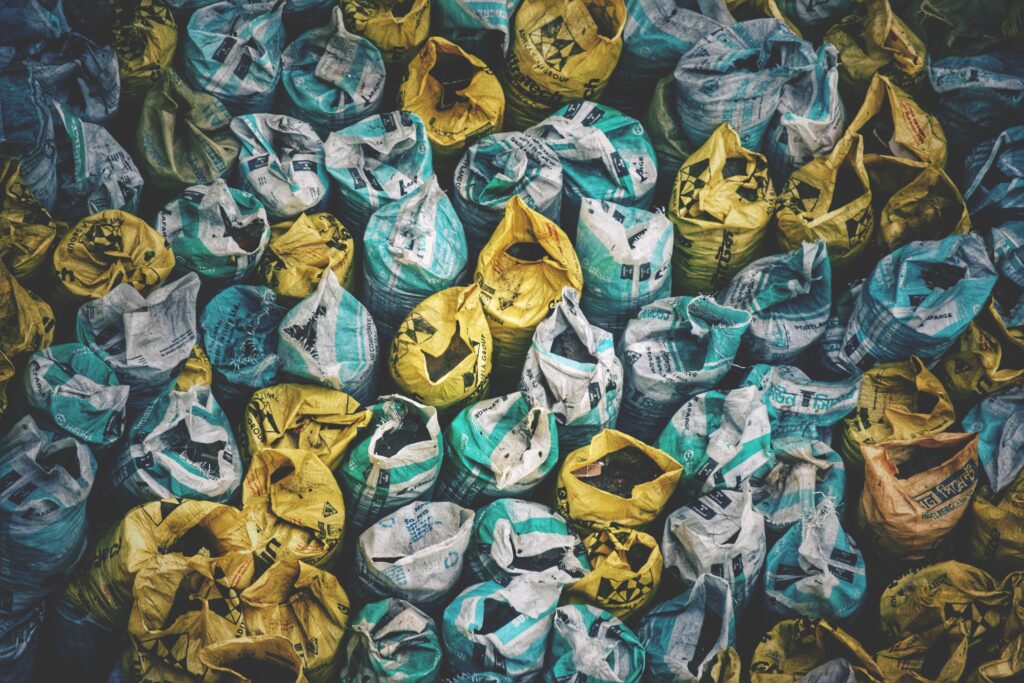Agriculture and food production are vital to sustaining human life. However, these industries also have significant environmental impacts. The use of synthetic fertilizers and the disposal of food waste contribute to greenhouse gas emissions and other environmental problems. Anaerobic digestion is a process that is revolutionizing agriculture and food production by providing a sustainable solution to these challenges.
How Anaerobic Digestion Works in Agriculture
In agriculture, anaerobic digestion is used to convert manure and other organic waste into biogas, a renewable energy source. The biogas can be used to generate electricity or heat, reducing the need for fossil fuels. In addition, the by-product of anaerobic digestion, digestate, is a nutrient-rich fertilizer that can be used to enhance soil health and crop yields.
By utilizing anaerobic digestion, farmers can reduce the environmental impact of their operations. Manure and other organic waste can produce methane, a potent greenhouse gas, when left untreated. By processing this waste through anaerobic digestion, farmers can reduce greenhouse gas emissions and create a valuable resource.
The Benefits of Anaerobic Digestion in Food Production
Food production also generates a significant amount of organic waste. By utilizing anaerobic digestion to process this waste, food producers can reduce greenhouse gas emissions and create valuable resources. For example, anaerobic digestion can be used to process food waste and generate biogas, which can be used to power food processing facilities.
Anaerobic digestion can also provide a sustainable solution to the disposal of animal by-products. Animal by-products, such as bones and fat, are often disposed of in landfills or incinerated, contributing to greenhouse gas emissions. By utilizing anaerobic digestion, these by-products can be converted into biogas, reducing greenhouse gas emissions and creating a valuable resource.
Anaergia’s Role in Revolutionizing Agriculture and Food Production
Anaergia is a company that is at the forefront of revolutionizing agriculture and food production through the use of anaerobic digestion. Their technology is highly efficient and sustainable, producing up to 90% less greenhouse gas emissions than traditional disposal methods.
Anaergia’s facilities can process a wide variety of organic waste streams, from food waste to agricultural waste to wastewater. In addition, their facilities are designed to be flexible, allowing them to process different types of waste depending on the needs of the community.
By utilizing anaerobic digestion, Anaergia is helping farmers and food producers reduce their environmental impact while creating valuable resources. Their facilities also create local jobs and stimulate local economies.
The Future of Anaerobic Digestion in Agriculture and Food Production
The future of anaerobic digestion in agriculture and food production is promising. As the world’s population continues to grow, so does the demand for food. By utilizing anaerobic digestion, we can reduce the environmental impact of food production and create valuable resources.
In addition, the use of anaerobic digestion can help to close the loop between food production and waste management. By utilizing the by-products of anaerobic digestion, such as digestate, as a fertilizer, we can enhance soil health and crop yields.
Anaergia is leading the way in the development of sustainable solutions to the environmental challenges facing agriculture and food production. By investing in these technologies, we can create local jobs, stimulate local economies, and move towards a more sustainable future.
Conclusion
In conclusion, anaerobic digestion is revolutionizing agriculture and food production by providing a sustainable solution to the environmental challenges facing these industries. By converting organic waste into biogas and nutrient-rich fertilizer, we can reduce greenhouse gas emissions and create valuable resources while also closing the loop between waste management and food production. Anaergia is at the forefront of this revolution, providing efficient and sustainable anaerobic digestion facilities that can process a wide variety of waste streams. By investing in these technologies, we can create local jobs, stimulate local economies, and move towards a more sustainable future.
The potential benefits of anaerobic digestion in agriculture and food production are clear. By utilizing this technology, we can reduce greenhouse gas emissions, create valuable resources, and enhance soil health and crop yields. The use of anaerobic digestion also provides a sustainable solution to the disposal of organic waste, helping to close the loop between waste management and food production.
In the future, we can expect to see more widespread use of anaerobic digestion in agriculture and food production. As the world’s population continues to grow, the demand for food will increase, and the need for sustainable solutions to the environmental challenges facing these industries will become even more pressing. Anaergia and other companies at the forefront of this revolution will continue to play a crucial role in providing these solutions.
Anaerobic digestion is a promising technology that is revolutionizing agriculture and food production. By converting organic waste into biogas and nutrient-rich fertilizer, we can reduce greenhouse gas emissions, create valuable resources, and enhance soil health and crop yields. Anaergia is at the forefront of this revolution, providing efficient and sustainable anaerobic digestion facilities that can process a wide variety of waste streams. By investing in these technologies, we can create local jobs, stimulate local economies, and move towards a more sustainable future.


More Stories
Are High Quality Replica Watches Worth Your Time? Tips, Benefits, and More!
Understanding ASME Vessels: Key Specifications and Standards You Need to Know
Relationship Retreats vs. Traditional Therapy: Which Is Right for You?